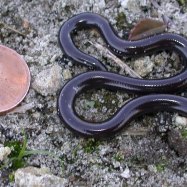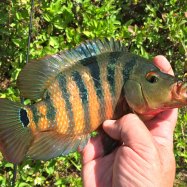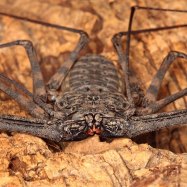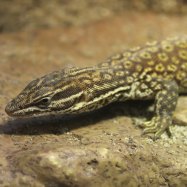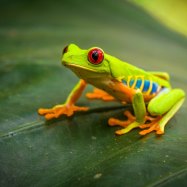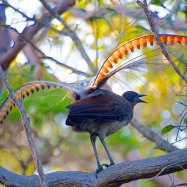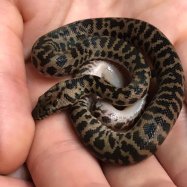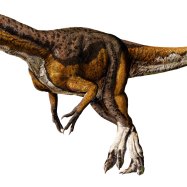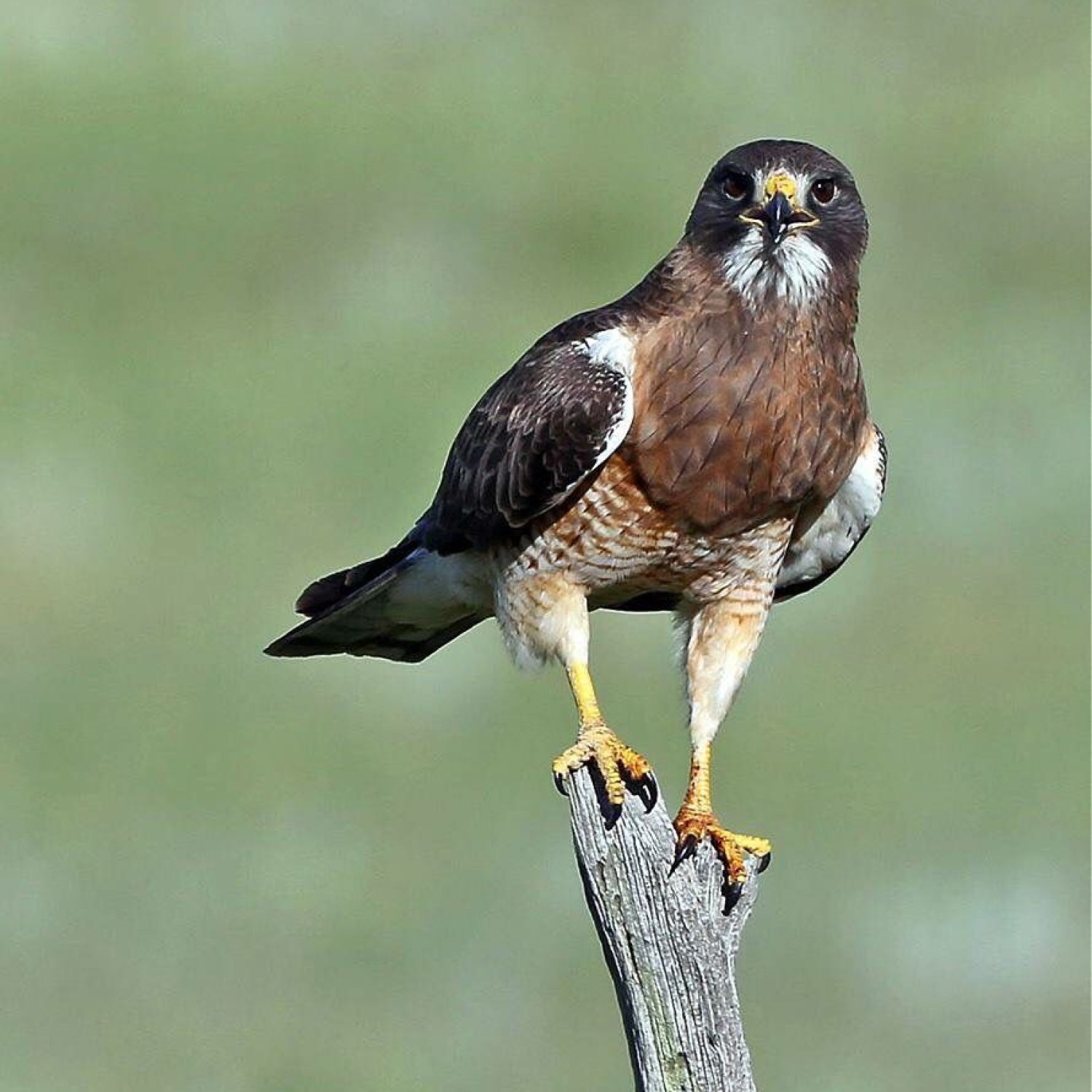
Swainsons Hawk
49-59 cm (19-23 inches)
Discover the majestic Swainson's Hawk, a large and broad-winged bird of prey found in the western United States. With a length of 49-59 cm (19-23 inches), this member of the Accipitridae family is a sight to behold. Learn more about this fascinating animal and its habitat in our latest blog post on animals starting with the letter S. #SwainsonsHawk #birdofprey #westernUS #animalfacts
Animal Details Summary:
Common Name: Swainson's Hawk
Kingdom: Animalia
Habitat: Grasslands, prairies, savannas, and agricultural fields
The Mighty Swainson's Hawk: A Warrior of the Skies
Flying high above the vast grasslands and prairies of North and South America, there is a magnificent bird that has captured the imagination of nature lovers and bird enthusiasts alike. With its striking appearance and impressive hunting skills, the Swainson's Hawk, also known as Buteo swainsoni, is a true warrior of the skies.Exploring the Kingdom of Swainson's Hawk
The Swainson's Hawk belongs to the Animalia kingdom, which encompasses all multicellular, heterotrophic organisms. As a member of the phylum Chordata, this beautiful bird shares characteristics with other animals such as a notochord and a hollow nerve cord Swainsons Hawk. Within the class Aves, the Swainson's Hawk belongs to the order Accipitriformes, a group that includes hawks, eagles, and vultures. And finally, its family is Accipitridae, which comprises around 250 species of birds of prey.A Habitat Like No Other
The Swainson's Hawk can be found in a wide range of habitats, including grasslands, prairies, savannas, and agricultural fields. These birds prefer open areas with minimal tree coverage, where they can easily spot prey from above. Due to their adaptable nature, Swainson's Hawks can also be found in urban and suburban areas, as long as there is suitable prey and nesting sites available.Carnivorous Eating Habits
As a hunter of the skies, the Swainson's Hawk feeds primarily on small animals such as rodents, reptiles, and insects. They are skilled at pinpointing their prey from high above and then swooping down with precision to capture it with their sharp talons. They are also known to snatch up small birds, making them opportunistic hunters.Home in the Americas
Swainson's Hawks are widely distributed throughout North and South America, making their home in countries such as the United States, Canada, Mexico, and Argentina Scale Crested Pygmy Tyrant. While they are considered a resident species in some areas, others may see them only during their breeding season, with individuals migrating to different regions during the winter months.In the Land of Stars and Stripes
The Western United States is and has always been the stronghold of the Swainson's Hawk population. These magnificent birds can be found in states such as California, Oregon, Nevada, and Montana. Due to their preference for open areas, these hawks can often be seen perched on power poles and fence posts in rural areas.A Unique Coloration and Body Shape
The Swainson's Hawk has a striking appearance, with its mainly brown coloration, white breast, and mottled underparts. This color palette helps them blend into their surrounding habitats and makes them less visible to potential predators. They also have a large and broad-winged body shape, which enables them to soar high and glide for long periods without expending too much energy.Size Matters: The Length of Swainson's Hawk
On average, Swainson's Hawks measure between 49-59 cm (19-23 inches) in length, with females being slightly larger than males. Despite their size, these birds are capable of impressive feats, such as flying long distances during their annual migrations and carrying prey that can weigh up to half their body weight.Conservation Efforts for the Swainson's Hawk
While the Swainson's Hawk is not currently listed as an endangered species, certain populations have experienced declines, particularly in the southwestern United States. Due to habitat loss and degradation, these birds face challenges such as loss of nesting sites and a decrease in their prey availability. Conservation efforts are underway in states such as California and Oregon to protect and restore their habitats.The Perfect Addition to Your Birdwatching Adventure
If you are an avid birdwatcher or simply enjoy observing the wonders of nature, the Swainson's Hawk is a bird that should not be missed. With its impressive hunting skills, unique appearance, and wide geographical distribution, this magnificent bird is a true warrior of the skies. Whether perched on a fence post in the western United States or soaring high above the grasslands of Argentina, the Swainson's Hawk is a beautiful and awe-inspiring creature to behold. So, pack your binoculars and head out to experience the majesty of the Swainson's Hawk in its natural habitat. Who knows, you might just catch a glimpse of this mighty warrior in action.

Swainsons Hawk
Animal Details Swainsons Hawk - Scientific Name: Buteo swainsoni
- Category: Animals S
- Scientific Name: Buteo swainsoni
- Common Name: Swainson's Hawk
- Kingdom: Animalia
- Phylum: Chordata
- Class: Aves
- Order: Accipitriformes
- Family: Accipitridae
- Habitat: Grasslands, prairies, savannas, and agricultural fields
- Feeding Method: Carnivorous
- Geographical Distribution: North and South America
- Country of Origin: United States of America
- Location: Western United States
- Animal Coloration: Mainly brown with a white breast and mottled underparts
- Body Shape: Large and broad-winged
- Length: 49-59 cm (19-23 inches)
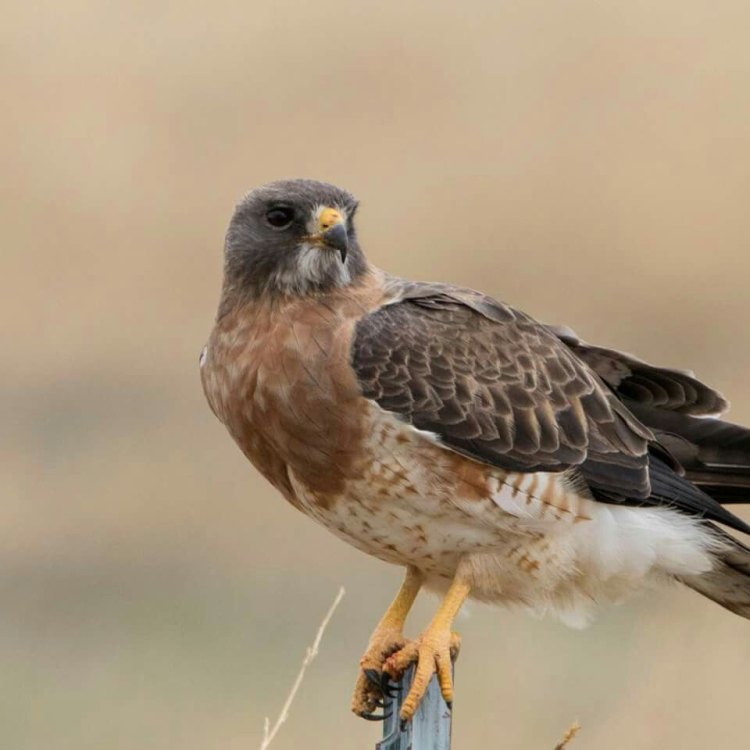
Swainson's Hawk
- Adult Size: Medium-sized hawk
- Average Lifespan: 10-15 years
- Reproduction: Biparental
- Reproductive Behavior: Monogamous
- Sound or Call: High-pitched whistling call
- Migration Pattern: Long-distance migrant
- Social Groups: Solitary or in small groups
- Behavior: Mainly diurnal
- Threats: Habitat loss, pesticides, and hunting
- Conservation Status: Least Concern
- Impact on Ecosystem: Controls rodent populations
- Human Use: Not commonly used by humans
- Distinctive Features: Long, pointed wings and a slim, barred tail
- Interesting Facts: Swainson's Hawks are known for their impressive migratory flights, often traveling over 10,000 miles each year.
- Predator: Larger birds of prey
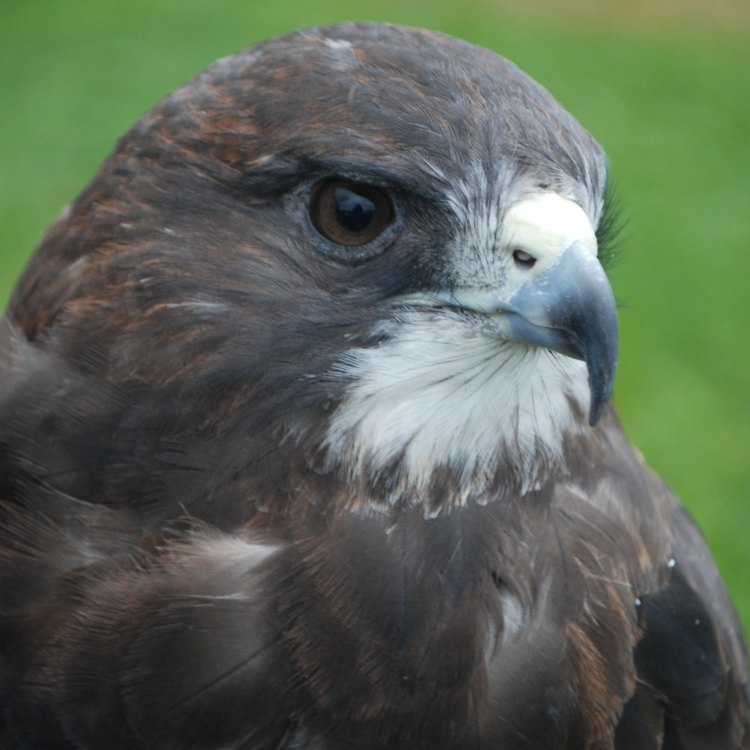
Buteo swainsoni
Swainson's Hawk: The Majestic Migrant
When it comes to birds of prey, the Swainson's Hawk is a true standout. With its impressive size, unique behaviors, and incredible migratory journeys, this medium-sized hawk has captured the attention and admiration of bird enthusiasts around the world. But there is much more to this magnificent raptor than meets the eye.Let's take a closer look at the distinctive features, behaviors, and impact of the Swainson's Hawk on our ecosystem PeaceOfAnimals.Com.
Appearance and Size
The Swainson's Hawk is a medium-sized hawk, measuring between 18-22 inches in length and weighing 1-2 pounds. Its wingspan can reach up to 4 feet, making it one of the larger members of its genus. The name "Swainson" refers to the English naturalist William Swainson, while "Hawk" is self-explanatory.One of the most notable physical features of the Swainson's Hawk is its long, pointed wings and slim, barred tail. These features not only give it a sleek and graceful appearance but also play a vital role in its hunting and flying abilities.
Reproduction and Behavior
The Swainson's Hawk is a biparental species, meaning both male and female birds are involved in the reproduction process. These hawks are monogamous and mate for life, with pairs staying together even outside of the breeding season.During mating season, the male performs an elaborate aerial courtship display, soaring and diving in the air to impress the female. Once she chooses a mate, the pair will build a nest together in a tall tree or on a cliff ledge Styracosaurus.
Migratory Patterns
Perhaps one of the most remarkable traits of the Swainson's Hawk is its long-distance migratory pattern. Despite their small size, these hawks are capable of traveling over 10,000 miles each year during migration. They breed in central North America and then fly south for the winter, some reaching as far as Argentina.Their journey takes them through diverse habitats, including grasslands, forests, and deserts. They are able to cover such long distances thanks to their impressive flying abilities and strong, pointed wings.
Social Behavior and Threats
The Swainson's Hawk is mainly a solitary species, with individuals often hunting and roosting alone. However, they have been observed in small groups during migration or when food sources are abundant.Sadly, these hawks face several threats in their natural habitat. Habitat loss due to urbanization and agriculture has led to a decline in their population. Pesticides, specifically organochlorine chemicals like DDT, were once a significant threat to their survival. These chemicals weakened the birds' eggshells, making them more vulnerable to breakage. However, with the ban on these chemicals, their populations have steadily recovered.
Hunting is also a threat to the Swainson's Hawk, though not as common as it once was. In the past, these hawks were hunted for their feathers and as a source of food. Today, hunting is illegal in most parts of their range, and the species is listed as Least Concern by the International Union for Conservation of Nature (IUCN).
Impact on Ecosystem
The Swainson's Hawk plays a vital role in controlling rodent populations, making them an essential part of their ecosystem. These hawks primarily feed on small mammals like mice, voles, and ground squirrels. With their sharp, hooked beaks and powerful talons, they are skilled hunters and can significantly reduce rodent populations, preventing them from causing damage to crops and other vegetation.Their migratory patterns also have a domino effect on the ecosystem as they transport nutrients and contribute to the pollination of plants along their journey.
Interesting Facts
Aside from their impressive migratory flights, there are many interesting and unique facts about Swainson's Hawks that make them even more fascinating. For example, they have a high-pitched whistling call, often heard during courtship displays. This call is unmistakable and can be a helpful way to locate these hawks in the wild.Swainson's Hawks also have a specific predator - larger birds of prey, such as eagles and owls. They have been observed flying low to the ground or taking cover in trees to avoid being spotted by these predators.
Another interesting fact about these hawks is that they are not commonly used by humans, unlike many other birds of prey. In some cultures, hawks are trained for hunting or other activities, but Swainson's Hawks are not as easily tamed, making them less desirable for use by humans.
In Conclusion
In conclusion, the Swainson's Hawk is a magnificent, migratory bird of prey with many unique features, behaviors, and impacts. From its striking appearance and monogamous reproductive behavior to its impressive migratory journeys and important role in controlling rodent populations, this hawk is truly a standout species.With threats to their habitat and populations slowly recovering, it is essential to continue promoting conservation efforts for this species. Observing and learning about these hawks in their natural habitat is an incredible experience that can only deepen our appreciation for these majestic migrants.
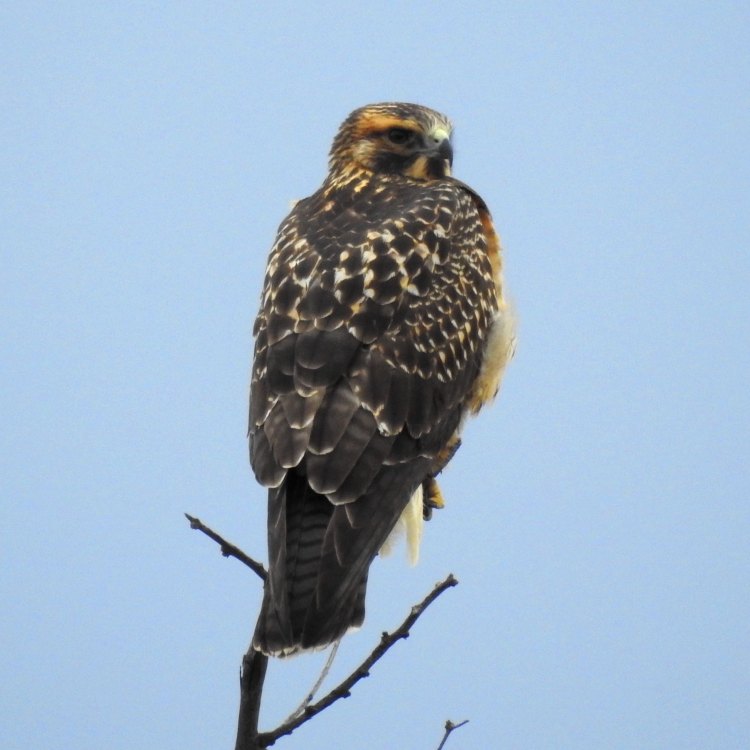
The Mighty Swainson's Hawk: A Warrior of the Skies
Disclaimer: The content provided is for informational purposes only. We cannot guarantee the accuracy of the information on this page 100%. All information provided here may change without prior notice.

